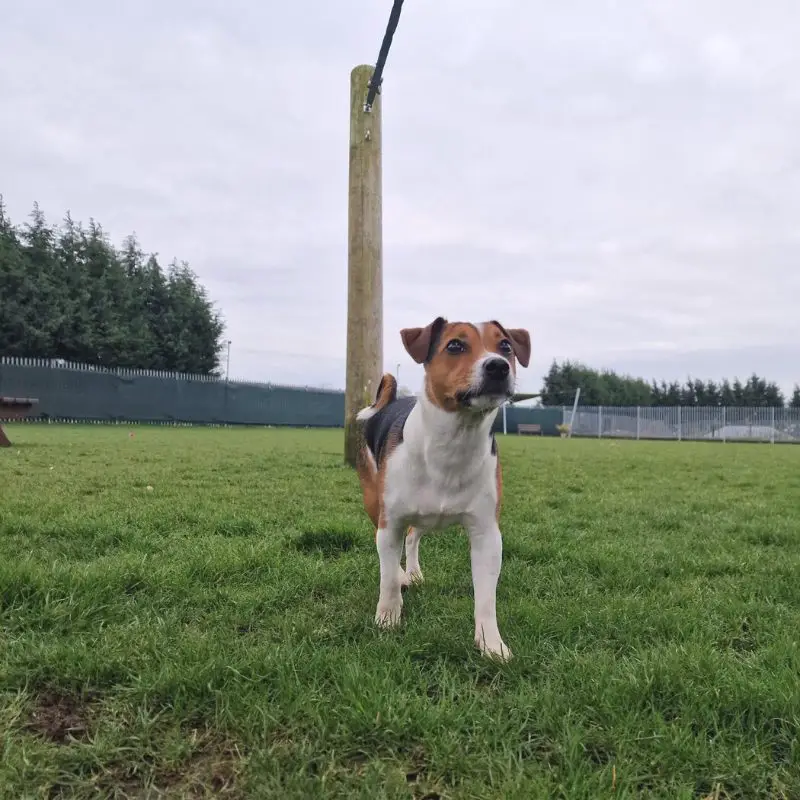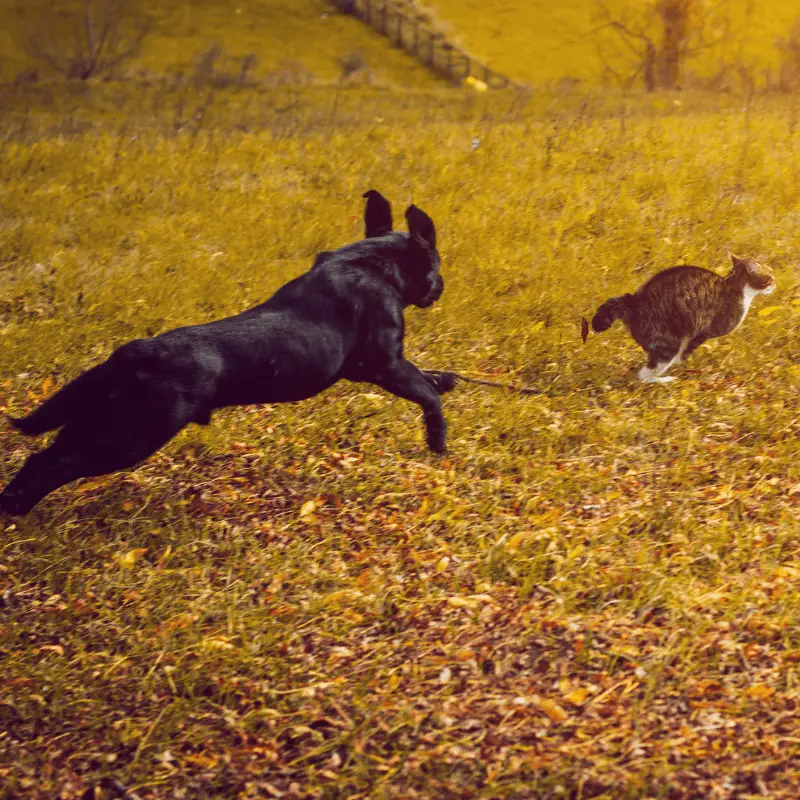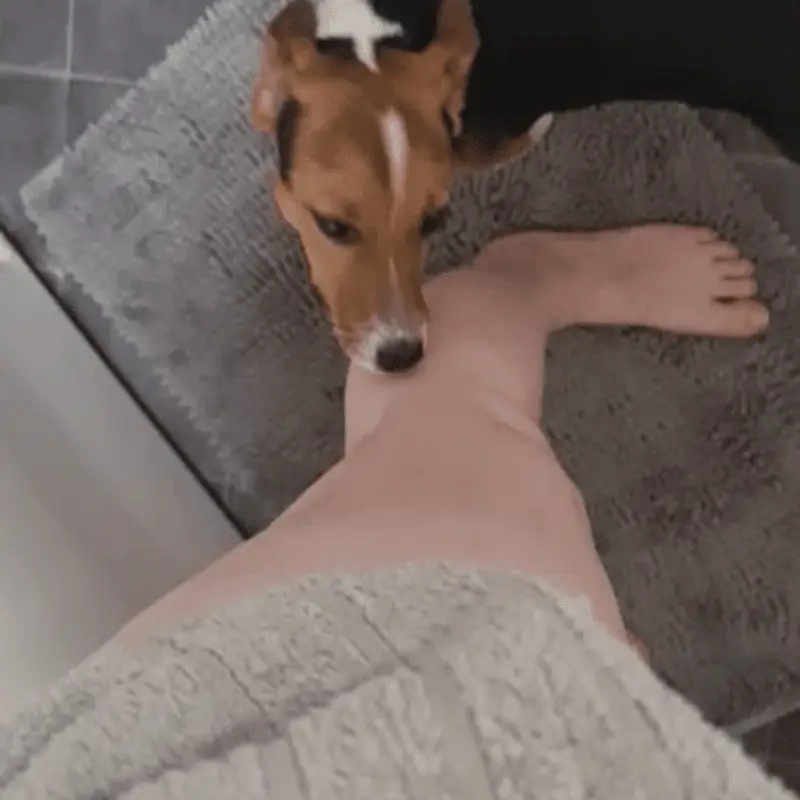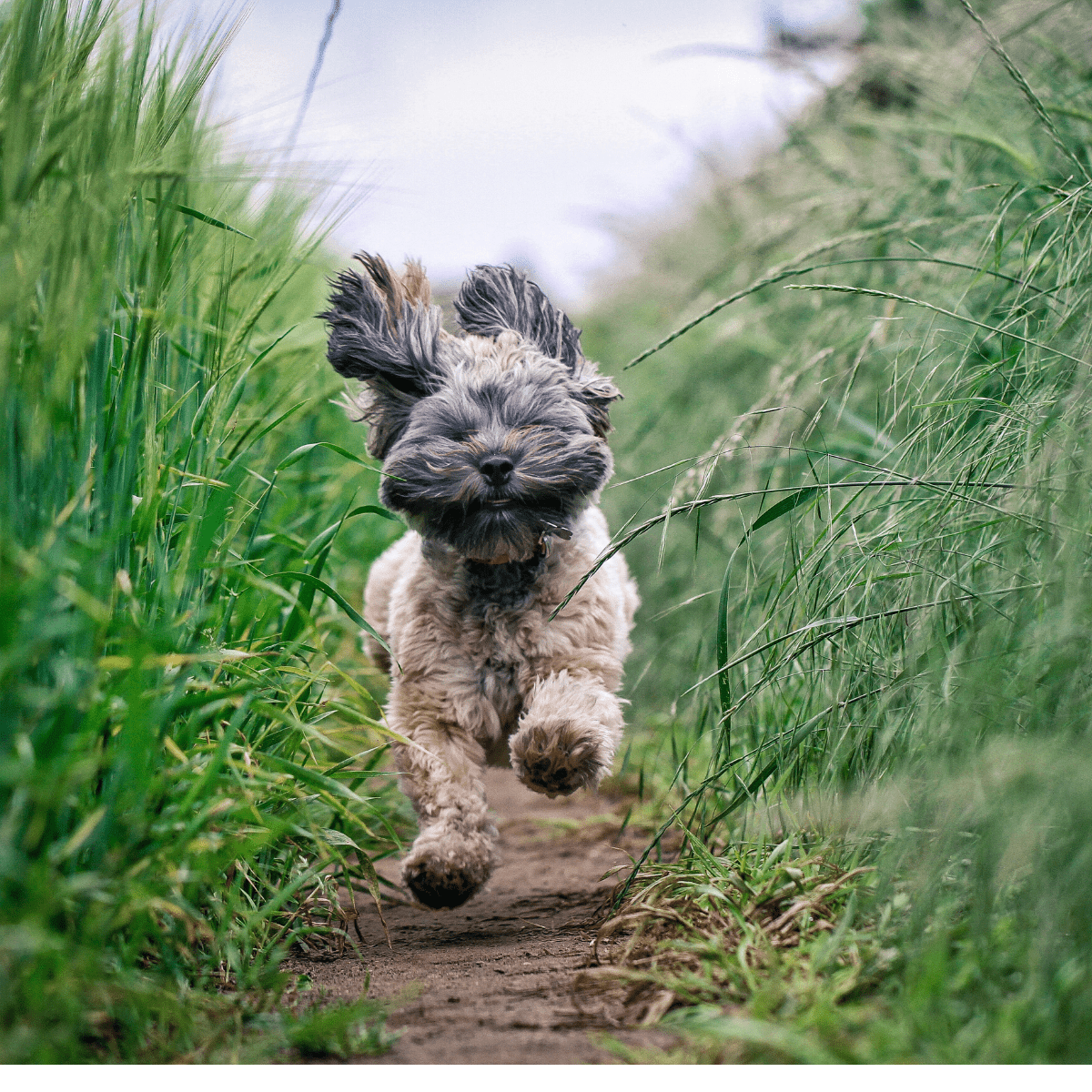Dogs chase cats because it is ingrained in their instincts. They have a strong drive to hunt and pursue small, quick-moving creatures. Over thousands of years, dogs have been selectively bred to excel at hunting, so seeing a cat running triggers their natural prey drive. Additionally, cats’ movements and behaviour can entice dogs, as they resemble those of prey animals. However, it is essential to note that not all dogs chase cats. The inclination to pursue can vary depending on the individual dog’s personality, health and training.
Understanding the underlying reasons for this behaviour is crucial. Dogs have an innate instinct to chase, as they are natural hunters. This instinct is particularly pronounced in breeds bred for herding and chasing. When a dog chases a cat, it may be attempting to initiate play. However, it is worth mentioning that not all dogs possess a strong desire to chase cats. Certain breeds, such as Pugs, lack the inclination to chase cats, and dogs that have been raised alongside cats from a young age are known to refrain from pursuing them.
Prey Drive
Dogs are descendants of wolves, and their predatory instincts are deeply ingrained. One of these instincts is the prey drive, which compels them to chase and capture smaller animals. With their quick movements and small size, cats can trigger this instinct in dogs. It’s important to remember that this behaviour is not necessarily driven by aggression but rather by an innate desire to pursue prey.
Herding Instinct
Certain dog breeds have a strong herding instinct, which can manifest as chasing behaviour towards cats. These breeds, such as Border Collies or Australian Shepherds, have been historically bred to control and move livestock. When they see a cat running, their instinct is to chase and attempt to control its movements. This behaviour is not necessarily aggressive but rather an attempt to fulfil their natural herding instincts.
Playfulness
Sometimes, dogs chase cats simply because they find it fun. Dogs are social animals and often engage in playful behaviours with other animals, including cats. The chase can be seen as a game where the dog enjoys the excitement and the thrill of the pursuit. However, it’s crucial to ensure that this play remains safe and doesn’t escalate into aggression or harm for either animal.
Territoriality
Dogs are known for their territorial nature, and when a cat enters their perceived territory, it can trigger a chase response. Dogs may view cats as intruders or potential threats to their territory, leading them to chase them away. This behaviour is more likely to occur in dogs that have not been properly socialised with cats or have a strong protective instinct.
Lack of Socialisation
Proper socialisation during a dog’s early development stages is crucial to prevent chasing behaviours. Dogs not exposed to cats or other small animals during their critical socialisation period may view them as unfamiliar or even prey. Early and positive interactions with cats can help dogs develop a more accepting and tolerant attitude towards them.
The Impact on Cats in Multi-Pet Homes
Chasing behaviour can greatly distress cats, making them feel unsafe and uncomfortable. In response, cats may hide or minimise their visibility to avoid being chased. Therefore, it is crucial for pet owners who have both cats and dogs in their households to address and manage this behaviour.
Come visit our TikTok page and watch the adorable video of my dog playfully chasing a cat! It was their first meeting, and both seemed to enjoy the game of chase.


Managing and Preventing Chasing Behavior:
- Control Their Attention: Use a cat crate to separate the cat from the dog. Bring the dog into the room and divert its attention whenever it approaches the crate. Reward the dog with treats when it listens to your commands and redirects its attention away from the cat. Gradually release the cat and continue practising this behaviour until the dog understands that approaching the cat is undesirable.
- Training and Obedience: Teaching your dog basic obedience commands like “leave it” or “come” can help redirect their attention and control their chasing impulses. Consistent training and positive reinforcement can help modify their behaviour and discourage chasing.
- Distraction and Diversion: Providing your dog with appropriate toys, puzzles, or engaging activities can help redirect their energy and focus away from chasing cats. Mental and physical stimulation can help alleviate their prey drive and reduce the likelihood of chasing behaviour.
- Supervision and Leash Control: When introducing a dog to a cat or when both animals are present, it’s essential to supervise their interactions closely. Keeping your dog on a leash can provide you with better control and prevent any potential chasing incidents.
- Seek Professional Help: If your dog’s chasing behaviour becomes a persistent issue or escalates into aggression, it’s advisable to seek guidance from a professional dog trainer or animal behaviourist. They can assess the situation, provide tailored advice, and help you address the underlying causes of the behaviour.
Understanding Dog Breeds and Their Tendency to Chase Cats
While it’s important to note that individual dogs within a breed can vary in their behaviour, certain dog breeds are known to have a higher tendency to chase cats due to their genetic predispositions. However, it’s crucial to remember that proper training, socialisation, and individual temperament play significant roles in a dog’s behaviour towards cats. Here are a few dog breeds that may have a higher inclination to chase cats:
Sighthounds
Breeds like Greyhounds, Whippets, and Afghan Hounds have a strong prey drive and were historically bred for chasing and capturing small game. Their instinct to chase moving objects, including cats, is deeply ingrained.
Terriers

Many terrier breeds, such as Jack Russell Terriers, Fox Terriers, and Rat Terriers, were initially bred for hunting vermin. Their high energy levels and prey drive can make them more likely to chase cats.
Herding Breeds
Some herding breeds, like Border Collies, Australian Shepherds, and Cattle Dogs, have a strong instinct to control and move livestock. This herding instinct can manifest as chasing behaviour towards cats.
Hunting Breeds
Breeds like Beagles, Basset Hounds, and Dachshunds were bred for hunting small game. Their keen sense of smell and tracking abilities can make them prone to chasing cats.
On the other hand, it’s important to note that not all dog breeds have a strong inclination to chase cats. However, individual temperament and socialisation play a significant role in a dog’s behaviour towards cats. Here are a few dog breeds that are generally known to have a lower tendency to chase cats:
Retrievers
Breeds like Golden Retrievers and Labrador Retrievers are known for their friendly and gentle nature. They are often more tolerant and accepting of other animals, including cats.
Bulldogs
Breeds like English and French Bulldogs are typically less inclined to chase cats. They tend to have a more laid-back and easygoing temperament.
Companion Breeds
Many small companion breeds, such as Cavalier King Charles Spaniels, Shih Tzus, and Maltese, are known for their friendly and pleasant nature. They are often more interested in human companionship than chasing cats.
It’s important to remember that individual dogs within these breeds can still exhibit chasing behaviour, and proper training and socialisation are essential for all dogs, regardless of breed. Additionally, each dog is unique, and their behaviour towards cats can vary based on their experiences and training.
Introducing a Cat to a Dog
When introducing a cat to a dog, it’s essential to take it seriously and not do it casually. Please give them a few trials before fully introducing them. Once they are acquainted, the cat will establish its boundaries and help the dog understand acceptable behaviour.
Building a Peaceful Home Between Cats and Dogs
Achieving harmony between a cat and a dog at home may appear daunting, but it can be accomplished through practical training and a patient attitude. It’s important to note that not all dogs have an inherent urge to chase cats, and by employing the correct methods, they can peacefully coexist. Best of luck!
Conclusion
In conclusion, dogs chasing cats can be attributed to their natural instincts, such as prey drive, herding instincts, playfulness, territoriality, or lack of socialisation. Understanding these instincts and behaviours can help pet owners manage and prevent chasing incidents. With proper training, supervision, and gradual introductions, dogs and cats can coexist peacefully and even develop positive relationships.











